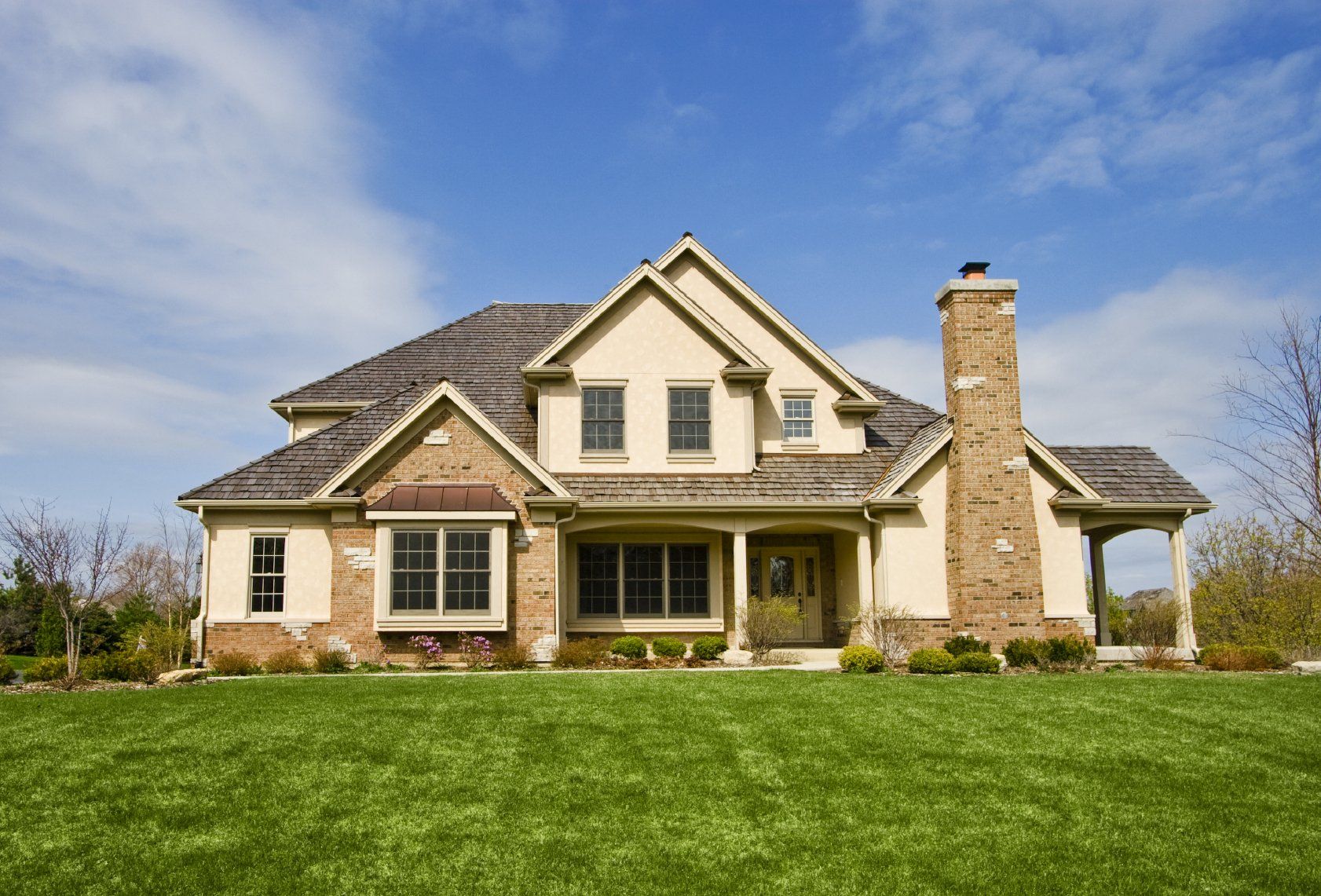How to Get the Most Out of an Open House
Are you looking for your new home? Have you checked all the websites, downloaded all the apps, taken all the flyers? Have you been to a never-ending list of open houses but just feel like you're not getting anywhere? This Sunday, you have a chance to see a lot of the properties on the market in the Myrtle Beach area, as Realty ONE Group Dockside is hosting a Company Wide Open House! This means that LOTS of our company's listings will be available for walkthroughs from 1PM - 4PM all throughout the Grand Strand. And while it seems overwhelming, fear not, HouseLogic has some tips on how to get the most out of an open house:
Quick Note: Like we said last week, before you start looking, you need to do the most crucial step - figure out what it is you're actually looking for. Just like when you go to the grocery store with a list of everything you need and want, you'll find a list helps when starting the house hunt. It helps you to really focus in on what's a priority.
1. The great thing about open houses is that they are a great way to really see what the property looks like. As they say, "a picture is worth a thousand words." And a lot of listings have photos that just don't do the property justice. A lot of times the photos can also be misleading and doctored up more than reality.
2. Know which houses are actually being held "Open." If you're working with an agent, they can help you find properties that match your exact criteria on the list you give them that are being held open to the buying public. You can also check real estate apps like Realtor, Trulia, and Zillow with an added filter that shows only upcoming open houses. Social Media is also a great help. With the rise of Facebook, Instagram, and Twitter marketing by agents, a lot of times the properties will be advertised there as well. You could also go the old-fashioned route and drive around. You never know if you see one on your way home from lunch! **TIP: If you're planning in advance, plan the times of the open houses and map out a route to make it easier.**
3. Show up before it starts. Get to know the neighborhood with a quick ride around the property. Maybe meet some neighbors if they're out and about. See what they have to say about the neighborhood, and maybe even the property for sale. And if the agent is already there, stop and chat with them. They might be able to answer any questions you may have, and you'll have more of their attention than if the property is full of other prospective buyers asking questions.
4. This may be the MOST IMPORTANT TIP of all when you're at an open house, so PLEASE remember this. Ask a lot of questions, but DON'T ruin your negotiating power. Don't overshare about why you're moving, when you're moving, or how much you LOVE that house! Any agent holding the open house can use that against you, leaving you helpless in price and repair negotiations. They know you "have to have it" and that you'll do anything to get it. This includes if you're moving to be near a specific school district, if you need to move because of a job relocation, or if you're looking for your "forever home" where kids and grandkids can visit now that you have an empty nest. You will lose all power, and your agent will have an extremely difficult time trying to get you the best price.
5. Be aware of your surroundings. Like number 4 says, you don't want to hurt yourselves in the negotiations, and with new technologies in the security industry, home security cameras are becoming more and more common-place. Whether you're at an open house or at a private showing, be aware that there could be cameras recording your reactions. Even if you're out of earshot of the agent holding an open house, there still may be someone listening.
6. Ask the right questions. These ones are neutral and won't give you away, but will still give you the information you need. "Any offers yet? When is the seller planning to move? Is the price flexible? How long has it been listed for sale? Any price changes? Any recent renovations or repairs? What are the average utility costs?" Keep in mind that some of these questions you may not get answers to, specifically anything relating to the seller's motivations/timelines or any repairs. In the state of South Carolina, confidentiality is required by law if the agent is representing the seller. Which means that if they tell you that the seller is trying to sell it quickly, they're now violating that law.
When you're out looking for your next property purchase, just remember the tips we've shared, and you'll be a great open house guest.
And this weekend, be sure to come see us Saturday from 10AM - 1PM at 168 Fulbourn Place in Myrtle Beach, and Sunday from 1PM - 4PM at 214 Fox Catcher Drive in Myrtle Beach, where we'll be hosting open houses!
Dusty Rhodes Properties is the Best Realtor in Myrtle Beach! We do everything in our power to help you find the home of your dreams. With experience, expertise, and passion, we are the perfect partner for you in Myrtle Beach, South Carolina. We love what we do and it shows. With more than 22 years of experience in the field, we know our industry like the back of our hands. There’s no challenge too big or too small, and we dedicate our utmost energy to every project we take on. We search thousands of the active and new listings from Aynor, Carolina Forest, Conway, Garden City Beach, Longs, Loris, Murrells Inlet, Myrtle Beach, North Myrtle Beach, Pawleys Island, and Surfside Beach real estate listings to find the hottest deals just for you!
Share





